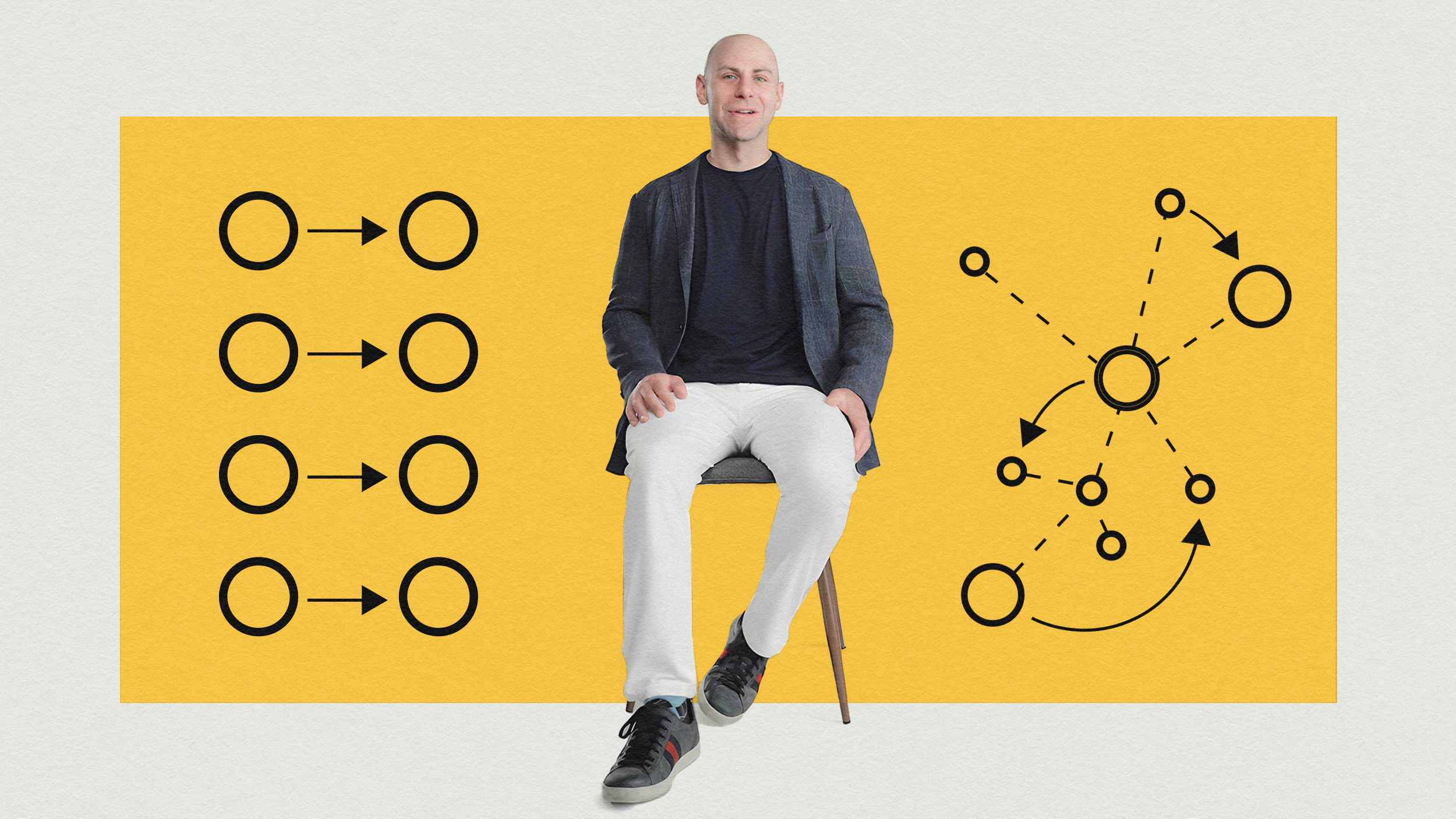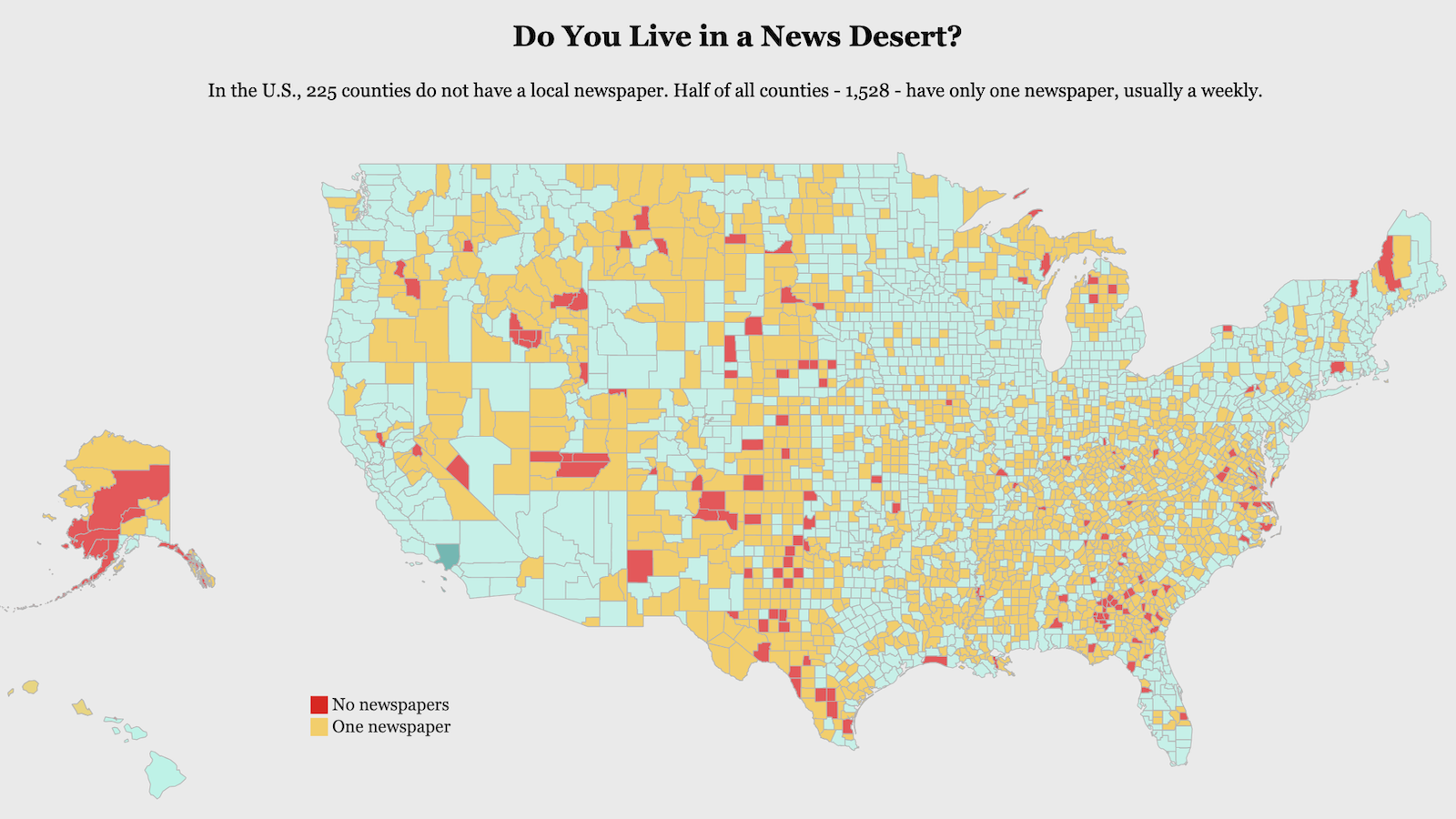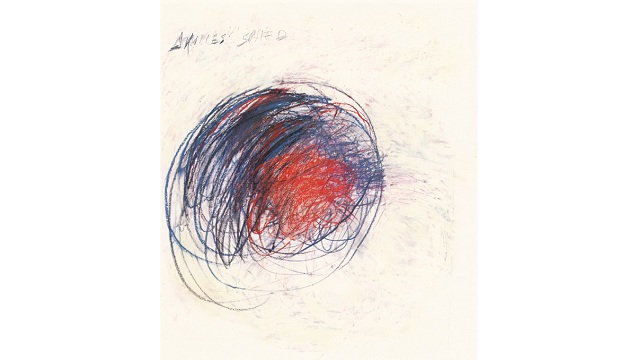Anticipate More and React Less! How To Shift From Crisis Management to Opportunity Management

In my latest New York Times best seller Flash Foresight, I share seven principles that can make invisible opportunities visible. Becoming anticipatory both personally and organizationally is crucial.
Agility has been a reasonable survival strategy during times of rapid change, like the 1980s, 1990s, and even the early 2000s. Today, however, the pace of technology-driven change is beyond rapid. Change is too fast for even the best reaction time to be fast enough. These days, thriving is not only about agility; it’s also about anticipation.
Being proactive has been another popular technique; it’s defined something like this: “Don’t wait, do something now—take action!” But do what? How do you know the action you’re taking is the right action? Being proactive is the attempt to solve today’s problems before they grow worse. That’s not good enough: we need to solve tomorrow’s predictable problems…before they happen. We don’t just need to take positive action: we need to take positive action based on future known events. To succeed today, we need to be preactive.
Being proactive is agile; being preactive is being both agile and anticipatory.
The shift from proactive to preactive also creates a shift in the nature of our relationship to change. We tend to think of change as disruptive, but this is generally true only when change comes from the outside in. For example, when a new technology comes out that changes customer behavior, or when the boss changes strategy, or when a competing marketplace opens up overseas, we scramble to adapt.
Being preactive means putting yourself into opportunity mode, looking at predictable problems before they occur, and then preventing them from happening in the first place. It means, instead of always reacting to change that happens from the outside in, it’s about creating change from the inside out.
Change from the outside in is disruptive. Change from the inside out is purposeful and constructive. This is the kind of change that allows you to direct your future and seize your destiny. The only possible way to operate in that kind of change is by becoming anticipatory.
One way to do that is with a tactic I call future benchmarking.
Benchmarking is a popular technique of strategic management that involves tracking and imitating the best practices of the leader in your field. But there is an inherent problem here: you’re benchmarking the best practices of the present. By the time you reverse-engineer it, copy it, and implement it, it will be obsolete. Because change is moving forward so rapidly, you’ll always be playing catch-up.
What you really want to do is jump ahead. How? By skipping over today’s best practices and benchmarking what the best practices will be in the visible future, based on Hard Trends and future certainties.
Let’s say you’re a manufacturer. You decide that Toyota’s “lean manufacturing” approach is the best model around right now, so you say, “Let’s copy that.” But it may take you four or five years to successfully copy what Toyota is doing. So what do you do?
Instead of looking at what Toyota is doing today, ask yourself, “Based on the Hard Trends we know will happen, and the strategic path Toyota is on, what is our best projection of what Toyota will be doing four or five years from now?” You will be amazed at what you can see when you take this approach.
Then you can base your strategy on emulating those best practices so you can become the leader of your field, instead of staying in a perpetual game of follow-the-leader.
How are you supposed to figure out what Toyota, or anyone else, is going to be doing five years from now? By taking the time to fine-tune your knowledge of the Hard Trends.
Here are a few examples of Hard Trends to get you started:
• Demand for wireless broadband will continue to grow.
• Social media will increasingly be used for marketing and to engage with customers.
• After 4G wireless, we will have 5G wireless.
• Smart phones will get much smarter and cloud computing will continue to rapidly grow.
These are just a few examples of Hard Trends. By taking the time to list all of the things you are certain about instead of being stuck on all of the things you are uncertain about, you will not only become anticipatory and preactive, you will discover a powerful new way to see new opportunities and create competitive advantage ahead of the competition.
Try it. The results you will get from being anticipatory will amaze you.





